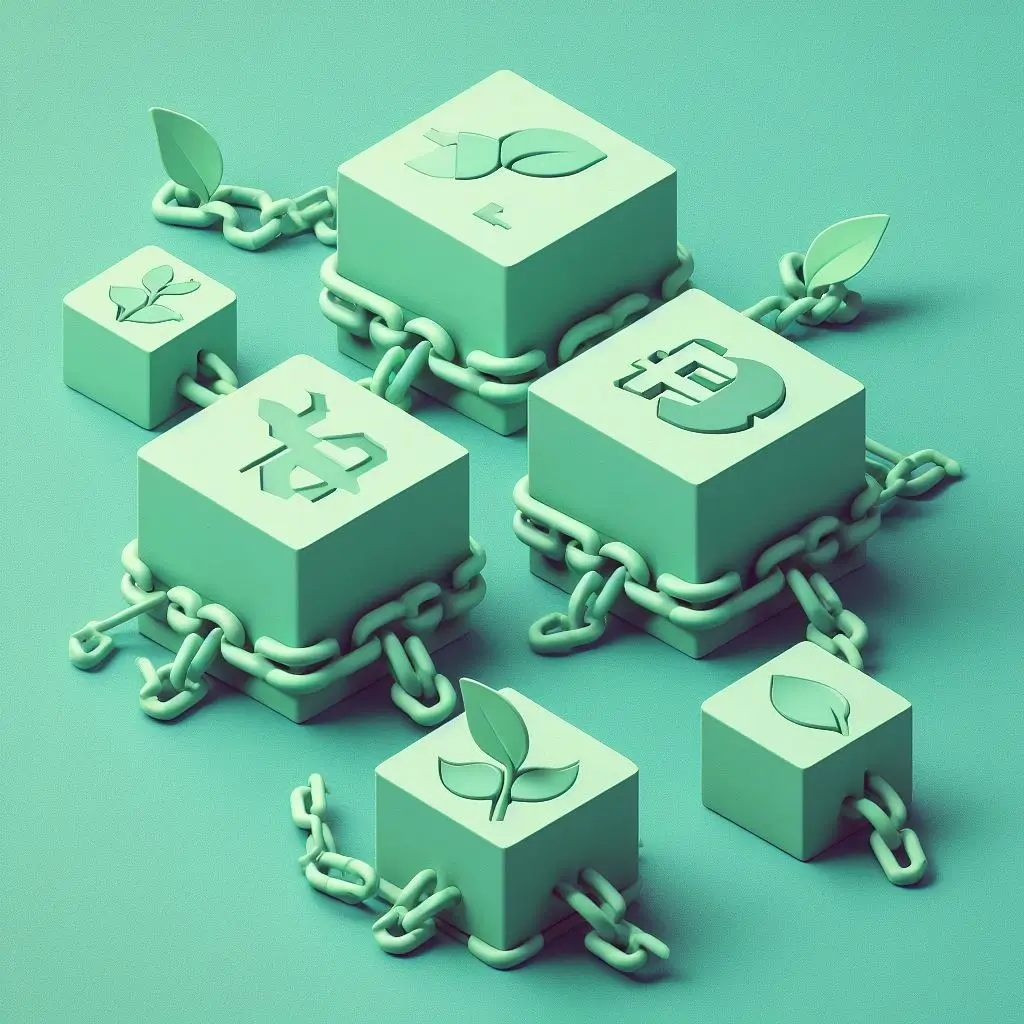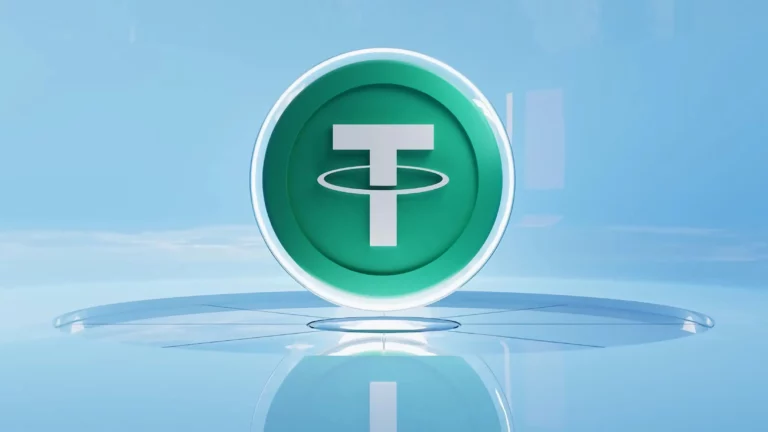In a world increasingly plagued by the specter of climate change, there’s a growing urgency to achieve net-zero emissions. The relentless march of climate change poses a substantial threat to our planet. With rising temperatures, extreme weather events, and the loss of precious ecosystems, we find ourselves at a pivotal moment in human history. The world is waking up to the gravity of the situation, as we witness more frequent and severe natural disasters and witness the shrinking of polar ice caps, among other ominous signs.
It’s no longer a concern limited to scientists and environmental activists. It’s a topic that has permeated global discourse, triggering governments, businesses, and individuals to take action. The international community, through the Paris Agreement, has committed to limiting global warming to well below 2 degrees Celsius above pre-industrial levels. This commitment underscores the consensus that urgent action is needed to reduce greenhouse gas emissions.
But here’s the good news – we’re not alone in this quest. An unlikely ally has emerged from the digital realm, offering us a glimmer of hope in the fight against global warming: blockchain technology.
Blockchain: A Beacon of Hope
Blockchain technology, often associated with cryptocurrencies like Bitcoin, is not just a ledger for digital currencies; it’s a technological marvel with the potential to revolutionize our approach to sustainability.
While it’s famous for its role in cryptocurrencies, its capabilities extend far beyond digital money. It provides an auditable and tamper-resistant ledger of transactions, which can be distributed across a network of computers, making it transparent and secure.
Imagine a world where every product you buy comes with an unforgeable, transparent record of its environmental impact. You could trace the journey of your coffee from the coffee farm to your cup, knowing that it was produced sustainably. This is where blockchain comes into play in the fight against climate change. It offers the potential to revolutionize supply chains and energy systems, helping us monitor and mitigate our carbon footprint effectively.
Welcome to the world of blockchain and sustainability – a realm of digital solutions for a real-world problem.
Understanding Blockchain Technology
Blockchain, despite sounding like a technical enigma, can be broken down into simple terms. Imagine a ledger – not just any ledger, but one that’s digital and maintained by a vast network of computers, all working in harmony. Each page of this ledger, known as a “block,” records transactions. The fascinating part is that once something is written in the ledger, it cannot be easily erased or altered. This is where the term “immutable” comes into play.
Think of it as a record book where every entry is permanent, like a tattoo on the blockchain. This immutability creates trust and accountability. When transactions are recorded on the blockchain, it’s nearly impossible to manipulate the records, making it a highly secure system.
Decentralization and Trust
Traditional record-keeping systems often have a central authority – a single entity in control of the ledger. In contrast, blockchain is inherently decentralized, with copies of the ledger stored on multiple computers across a network. It’s like having a thousand copies of your diary, spread across the globe, so there’s no central point of failure.
Why is this important for sustainability, you ask? Well, think of a scenario where the sustainability claims of a product or service are verified by an independent, decentralized network of computers. Whether it’s the carbon footprint of a car, the energy source of a battery, or the supply chain of your favorite clothing brand, blockchain can provide a tamper-resistant record, reducing the risk of misleading or false claims.
Transparency: The Holy Grail
Imagine walking into a grocery store, scanning a QR code on a product, and instantly seeing its entire journey. You know where it was made, how it was transported, and even the environmental impact of its production. Blockchain enables this level of transparency by securely recording every step of a product’s journey.
Why is transparency a critical component in achieving net-zero emissions? It’s simple – when we know where our products come from and their environmental footprint, we make informed choices that drive sustainability.
The potential of blockchain technology is astounding, especially when it comes to sustainability. In the next section, we’ll explore how these principles of decentralization, immutability, and transparency align perfectly with our quest for net-zero emissions, bringing sustainability into the digital age. So, buckle up, as we’re just scratching the surface of the transformative power of blockchain in the fight against climate change.
The Urgency of Achieving Net Zero
Now that we have a better grasp of blockchain’s potential, it’s vital to understand the urgency behind the mission of achieving net-zero emissions. Failing to do so isn’t just a missed opportunity; it could have dire consequences for our planet and future generations.
Consequences of Inaction
We are heading towards a world where temperatures continue to rise unabated, where extreme weather events become the norm rather than the exception.
Coastal cities face the threat of submersion due to rising sea levels. Devastating wildfires become more common, leaving behind scorched landscapes. Agriculture becomes increasingly challenging as changing weather patterns disrupt traditional growing seasons.
These aren’t just figments of a dystopian imagination; they are the potential consequences of failing to address the urgent issue of climate change. Each year, the impacts of climate change are felt more acutely, affecting everything from food security to global stability.
In the grand scheme of things, transitioning to net-zero emissions is a response to mitigate these consequences. It’s our way of trying to halt the train before it derails.
Transitioning to Sustainability
To achieve net-zero emissions, we must transition to sustainable energy solutions. We need to envision a world powered by clean energy sources like solar, wind, and hydroelectric power. Imagine transportation systems that rely on electricity generated from renewable sources rather than fossil fuels. It’s a world where sustainability isn’t a buzzword but a way of life.
The transition to sustainable energy isn’t just about reducing our carbon footprint; it’s about creating a world where we don’t sacrifice economic growth for environmental well-being. It’s about finding the balance that ensures prosperity without plundering the planet.
Now, where does blockchain fit into this grand scheme of transitioning to a sustainable world? That’s a question we’ll explore in the upcoming sections as we unravel how blockchain can be a critical driver in achieving net-zero emissions.
So, stay tuned, as we dive deeper into this exciting journey towards a greener, more sustainable future.
Blockchain’s Role in Sustainability
In our quest to achieve net-zero emissions, we’ve explored the urgency of the situation and the importance of transitioning to sustainable energy solutions. Now, let’s introduce blockchain technology. It’s not a mere tool; it’s a digital backbone that can support our sustainability goals in remarkable ways.
Supporting Sustainability Goals
Blockchain’s inherent characteristics make it a robust supporter of sustainability. Imagine it as a digital watchdog, ensuring that every step we take towards a sustainable future is accurately recorded and transparent.
For instance, consider the goal of reducing carbon emissions. With blockchain, we can securely record and verify the carbon emissions of companies, creating a transparent and tamper-resistant record. This empowers consumers to make informed choices, supporting businesses that genuinely contribute to a sustainable future.
Transparent and Traceable Supply Chains
Here’s where blockchain’s power comes to the forefront: it can revolutionize supply chains. Imagine buying a product and being able to trace its entire journey from its origin to your hands. Blockchain makes this possible, ensuring that the claims made by companies about their products’ sustainability are backed by transparent records.
For instance, in the fashion industry, blockchain can track the journey of a cotton shirt, from the cotton farm to the factory, and all the way to the retail shelf. This transparency empowers consumers to make choices that support sustainability.
Reducing Waste and Inefficiencies
Let’s talk about waste, not just in the context of physical garbage but also the waste of resources and time. Traditional systems often involve intermediaries and paperwork, leading to inefficiencies and waste.
Now, picture a supply chain where every action is recorded on an immutable ledger. It’s like having a digital supervisor ensuring that every step is efficient. Fewer errors, reduced fraud, and streamlined processes translate to significant savings.
In fact, a study by the World Economic Forum estimated that blockchain technology could reduce supply chain barriers, saving the food industry up to $365 billion and the pharmaceutical industry up to $200 billion annually. This isn’t just about cost savings; it’s about ensuring that resources are used efficiently, reducing the overall environmental impact.
Blockchain is a silent enabler of sustainability, ensuring that our steps towards a net-zero world are firmly planted on the path of efficiency, transparency, and accountability. In the next section, we’ll explore the specific ways in which blockchain can reshape sustainability, making the dream of a greener world closer to reality. So, stay with us as we unveil the exciting potential of blockchain in building a sustainable future.
Tokenization for Green Initiatives
As we continue our exploration of how blockchain technology can help us achieve net-zero emissions, let’s delve into a fascinating aspect of this digital revolution: tokenization. While it may sound like a term from the realm of cryptocurrency, it has profound implications for promoting green initiatives and sustainability.
Digital Tokens
Before we dive into how digital tokens can advance sustainability, let’s clarify what they are. Imagine a digital representation of a real-world asset or value, securely stored on the blockchain. These digital tokens can represent various things, from a unit of energy to a share in a renewable energy project. They’re like digital keys to real-world assets, easily transferable and tradeable within a blockchain ecosystem.
Green Initiatives
Now, let’s take a step into the future. Picture a scenario where you’re rewarded with digital tokens for using clean energy or reducing your carbon footprint. These tokens are more than just digital rewards; they represent a stake in a sustainable future.
For instance, you install solar panels on your roof and generate excess energy. With blockchain and digital tokens, you can trade that surplus energy directly with your neighbors, all without the need for intermediaries. In return, you earn tokens that can be used to pay for various services or products. This incentivizes individuals and businesses to invest in renewable energy solutions and actively reduce their carbon footprint.
Sustainable Practices
The benefits of tokenization extend far beyond individual actions. It can promote sustainability on a broader scale. Imagine a world where organizations tokenize carbon credits. By doing so, they not only create a transparent and secure record of their environmental impact but also enable trading and transferring of these credits. This simplifies the process of offsetting carbon emissions, a crucial step in the journey towards net-zero emissions.
Additionally, tokenization can empower individuals and small-scale investors to participate in large-scale renewable energy projects. These projects can be divided into tokens, allowing anyone to invest, which fosters inclusivity and encourages participation in green initiatives.
Tokenization acts as a bridge between individuals, businesses, and sustainability, making it easy for everyone to contribute to the greater good of a sustainable world.
In the following sections, we’ll explore concrete examples of how digital tokens are making a real impact in promoting sustainability. By the end of this journey, you’ll understand how tokenization is helping us get closer to achieving net-zero emissions. So, stay with us as we continue to unlock the potential of blockchain technology for a greener world.
Decentralized Energy Trading
In our journey towards understanding how blockchain can help us achieve net-zero emissions, we arrive at a pivotal point – decentralized energy trading. This innovative concept, empowered by blockchain technology, holds the potential to revolutionize the energy landscape and significantly contribute to our sustainability goals.
Decentralized Energy Trading
Imagine a world where you and your neighbors produce excess energy through solar panels, wind turbines, or other renewable sources. With the traditional centralized energy system, this surplus energy often goes to waste or is sold back to the grid at a fraction of its worth. But what if you could directly trade this excess energy with your neighbors, securely and transparently? This is where decentralized energy trading comes into play.
Blockchain enables a decentralized energy grid, where individuals and businesses can trade excess energy directly with one another. It’s like a digital energy marketplace, where you have full control over your energy production and consumption. You can buy energy from your neighbor when you need it, and sell it back when you have excess – all done through secure and tamper-proof transactions on the blockchain.
Smart Contracts
Now, let’s introduce the magic behind this system: smart contracts. These self-executing contracts are lines of code that automatically execute when predefined conditions are met. In the context of decentralized energy trading, smart contracts ensure that transactions occur seamlessly.
For instance, imagine you set up a smart contract to automatically purchase energy from your neighbor when your home’s energy storage drops below a certain level. As soon as this condition is met, the contract executes the purchase, and you have power without interruption. No middlemen, no paperwork, and no delay.
Net-Zero Emissions
The significance of decentralized energy trading in our journey towards net-zero emissions cannot be overstated. It encourages the use of renewable energy sources, like solar and wind, by making them economically viable for individuals and communities. When people are incentivized to produce and consume clean energy, it reduces the reliance on fossil fuels, the primary contributors to greenhouse gas emissions.
Furthermore, the transparency and efficiency of blockchain reduce energy waste and promote responsible energy use. Energy that would otherwise go unused or be inefficiently distributed can now be put to good use.
By empowering individuals and communities to participate in decentralized energy trading, blockchain transforms the energy landscape into one where sustainability is not just a goal but a reality. In our next section, we’ll explore real-world examples of decentralized energy trading and the impact it’s already making on the road to net-zero emissions. So, let’s continue this exciting journey towards a sustainable future together.
Environmental Impact
We’ve journeyed through the exciting possibilities of blockchain technology in the context of achieving net-zero emissions. Now, let’s take a closer look at the environmental impact that blockchain can have on our planet, emphasizing the vital aspects of transparency and accountability in energy consumption and emissions.
Potential Environmental Benefits of Blockchain
When you think about technology, you might not immediately associate it with environmental benefits. However, blockchain is here to break that stereotype. Its decentralized and transparent nature makes it a powerful ally in the fight against climate change.
Blockchain minimizes the need for intermediaries and paperwork, which not only reduces costs but also saves precious natural resources. It’s like going digital in an environmentally conscious way. Fewer trees cut down for paper, less energy wasted on transportation, and fewer carbon emissions from all that paperwork.
Moreover, blockchain can enable the development of sustainable supply chains, ensuring that products are produced with the least possible environmental impact. Think of it as a digital tag on your favorite shirt, revealing its environmental journey – from production to your wardrobe.
Transparency and Accountability in Energy Consumption
One of the superpowers of blockchain is its ability to provide transparent and accountable records. When it comes to energy consumption and emissions, this is a game-changer. It’s like turning on the lights in a dark room; suddenly, everything is clear and visible.
Blockchain records every energy transaction, whether it’s trading excess solar power with your neighbor or verifying the source of electricity powering your home. This transparency ensures that energy is generated and used efficiently, with minimum waste. It also holds energy producers accountable for the sustainability claims they make.
Now, let’s talk about carbon emissions, the arch-nemesis of a sustainable world. With blockchain, we can record and verify carbon emissions, creating an immutable record. It’s like putting a security seal on a product to show it hasn’t been tampered with.
This transparency is essential for organizations and governments aiming to offset carbon emissions. The entire process is traceable and trustworthy, reducing the risk of fraud or manipulation.
Conclusion
As we wrap up our exploration of how blockchain technology can propel us towards achieving net-zero emissions, it’s time to reflect on the journey we’ve taken and the promise that blockchain holds in this noble quest.
Achieving Net Zero
Blockchain is more than just a buzzword; it’s a digital force of nature that aligns seamlessly with our sustainability goals. It has the potential to reshape our world by promoting green initiatives, enabling decentralized energy trading, and enhancing transparency in energy consumption and emissions.
Think of it as the catalyst that transforms ideas into action. It empowers individuals and communities to make informed choices, rewards them for sustainable behavior, and incentivizes businesses to embrace renewable energy solutions. The significance of blockchain in achieving net-zero emissions cannot be understated. It’s a tool that can turn intentions into results and promises into reality.
Stay Informed and Engaged
As we conclude our exploration, it’s essential to recognize that the journey to net-zero emissions is not solely reliant on one technology or one solution. It’s a collective effort that requires commitment from governments, industries, and individuals. Blockchain is a valuable addition to this collective effort.
We encourage you, dear readers, to stay informed about the latest developments in sustainability and blockchain technology. The world is changing, and being part of this transformation is not only exciting but also vital for the future of our planet. Be an advocate for sustainability in your community, support green initiatives, and make informed choices in your daily life.
The journey to net-zero emissions is a complex one, but it’s also a journey filled with hope, innovation, and the promise of a better world. Blockchain has emerged as a beacon in this journey, guiding us towards a sustainable future. Let’s seize the opportunity to be part of this transformative force, as we collectively work towards a world with a net-zero environmental impact.
So, as you finish reading this, remember that every small action counts. Stay informed, stay engaged, and together, let’s make the dream of a net-zero world a reality for generations to come.






